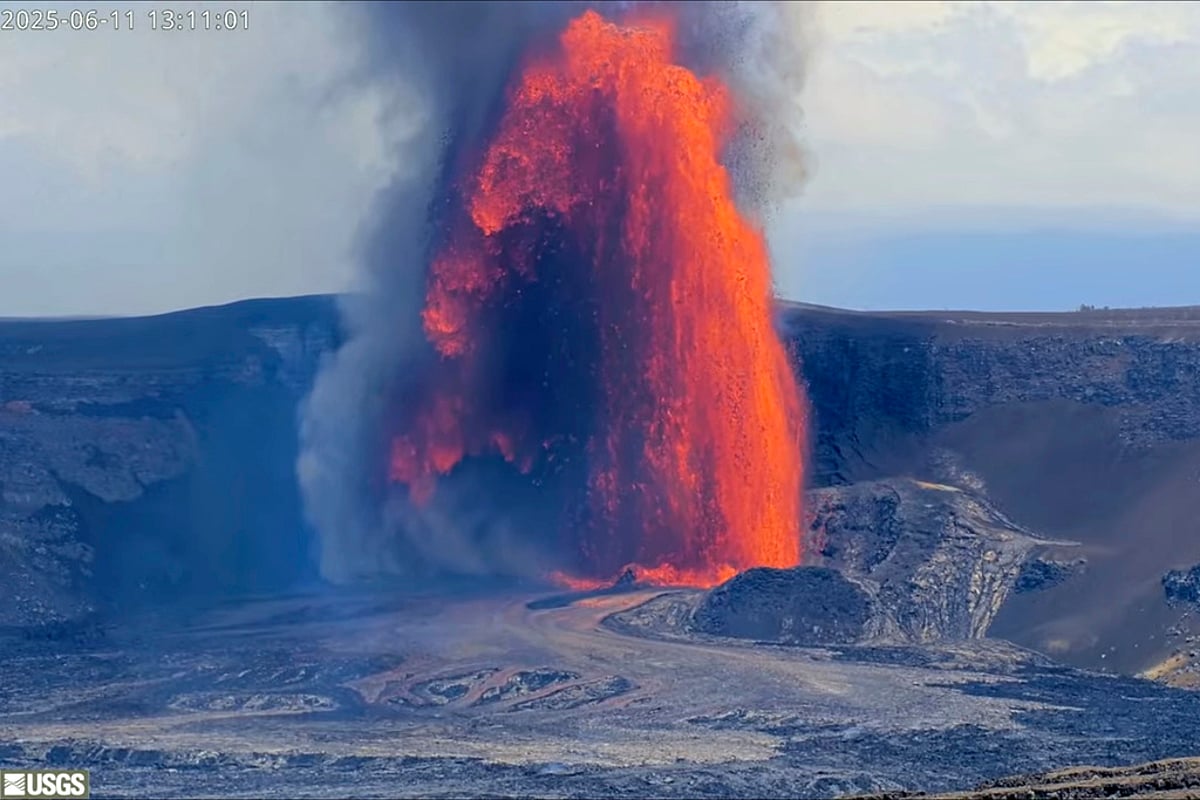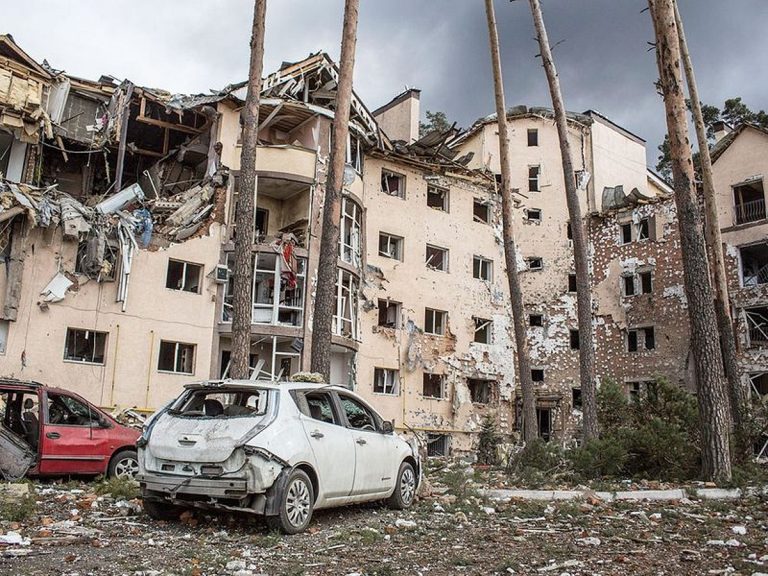Kilauea Volcano Erupts with Stunning Lava Fountains
Hawaii’s Kilauea volcano has once again captivated observers with its latest eruption, characterized by impressive lava fountains and glowing clouds. This event, which began in the summit caldera on the Big Island, has produced bright orange lava that is visible from considerable distances, drawing attention from both locals and tourists alike.
Eruption Details
The eruption was preceded by a series of small earthquakes, suggesting significant magma movement beneath the surface. The U.S. Geological Survey (USGS) has confirmed that the volcanic activity is being closely monitored to assess any potential changes or hazards.
Safety Measures
In response to the eruption, authorities have temporarily closed sections of Hawai‘i Volcanoes National Park to ensure visitor safety. Fortunately, there are currently no threats to nearby communities, allowing residents to carry on with their daily lives while remaining vigilant.
FAQs
What caused the recent eruption of Kilauea?
The eruption was triggered by magma movement beneath the surface, which was indicated by a series of small earthquakes leading up to the event.
Are there any safety concerns for nearby residents?
At this time, there are no immediate threats to local communities, but authorities have closed parts of the national park as a precaution.
How can I stay updated on Kilauea’s volcanic activity?
You can follow updates from the U.S. Geological Survey (USGS) and local news outlets for the latest information on Kilauea and any safety advisories.
Conclusion
The recent eruption of Kilauea showcases the ongoing volcanic activity that characterizes this region. While safety measures are in place, the situation remains stable for nearby residents. Continued monitoring by scientists will help ensure that any changes are promptly addressed.
Kilauea is one of the most active volcanoes in the world, with a history of eruptions that date back to the 18th century. Its frequent activity is a result of the Hawaiian hotspot, where magma rises from deep within the Earth’s mantle. The volcano’s eruptions can vary significantly in intensity and duration, with some events producing large lava flows that can travel considerable distances, while others may result in explosive activity. This latest eruption, characterized by its striking lava fountains, is part of Kilauea’s ongoing geological processes, which are closely studied by volcanologists to better understand volcanic behavior and potential hazards.
The Big Island of Hawaii is home to several volcanoes, but Kilauea is particularly notable for its accessibility and the opportunities it provides for scientific research and public observation. The U.S. Geological Survey operates a monitoring network that includes seismographs, gas sensors, and thermal cameras, which help scientists track changes in volcanic activity in real time. This data is crucial for issuing timely warnings and ensuring public safety. The eruption has also sparked interest among researchers who study the environmental impacts of volcanic activity, including air quality and the effects on local ecosystems.
Tourism plays a significant role in the local economy, and events like this eruption often attract visitors eager to witness the natural spectacle. However, the safety of both residents and tourists remains a top priority for local authorities. The temporary closure of parts of Hawai‘i Volcanoes National Park is a standard precaution during eruptions, allowing officials to manage access to potentially hazardous areas while ensuring that visitors can still enjoy safe viewing opportunities from designated locations. As the eruption continues, updates from the USGS will provide essential information regarding any changes in activity, ensuring that both locals and tourists are informed about the evolving situation.
In addition to the immediate visual impact of the eruption, there are longer-term considerations regarding the effects of volcanic activity on the landscape. Lava flows can reshape the terrain, creating new landforms and altering existing ecosystems. The volcanic ash released during eruptions can also affect air quality and water sources, prompting ongoing research into the environmental consequences of such events. As Kilauea continues to erupt, the interplay between natural phenomena and human activity remains a critical area of study for scientists and policymakers alike.
Also Read:
Afghanistan Experiences Recent Earthquake Activity







